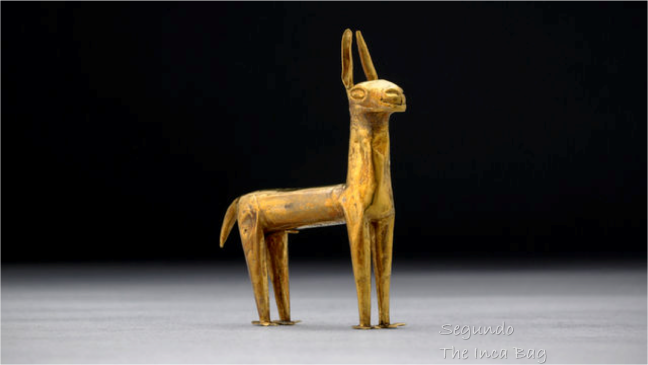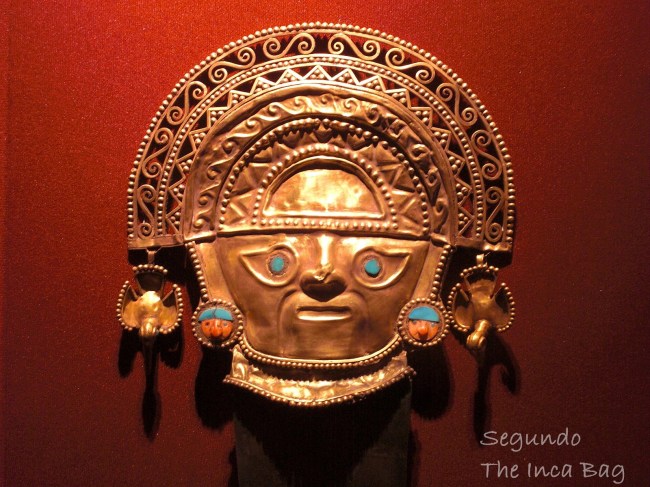Inca art forms had a tendency towards austerity
. Weaving, especially in vicuña wool, was of the highest quality, but it lacked the inventiveness of the weaving of coastal peoples
. The cutting of semiprecious stones was a widely practiced art, although the Inca stone-cutters depended on the coastal trade for shell and stones
.
Goldsmithing was an Inca specialty
. Almost all the gold mines worked in historical times had been previously mined by the Incas
. Smiths who worked gold and silver lived in a special district and were exempt from taxes
. The best examples of their art have not survived, since all went into the crucible of conquest; but according to the Spaniards who first saw it, Cusco seemed ablaze with worked gold
. Some of the buildings were covered with gold plate imitating Inca stone work
. The grass-thatched roofs of some of the temples had strands of gold that mimicked the grass; a setting sun would catch the gleam of gold and suggest a golden roof
. The fabulous Curi-cancha, the golden enclosure which enjoined the Temple of the Sun in Cusco, had a golden fountain; actual-size representations of maize plants with leaves and ears of gold were "planted'' in an earth made up of clods of gold, and there were twenty life-size golden llamas grazing on golden grass in the golden enclosure
.
Segundo
The Inca Bag






Leave a comment